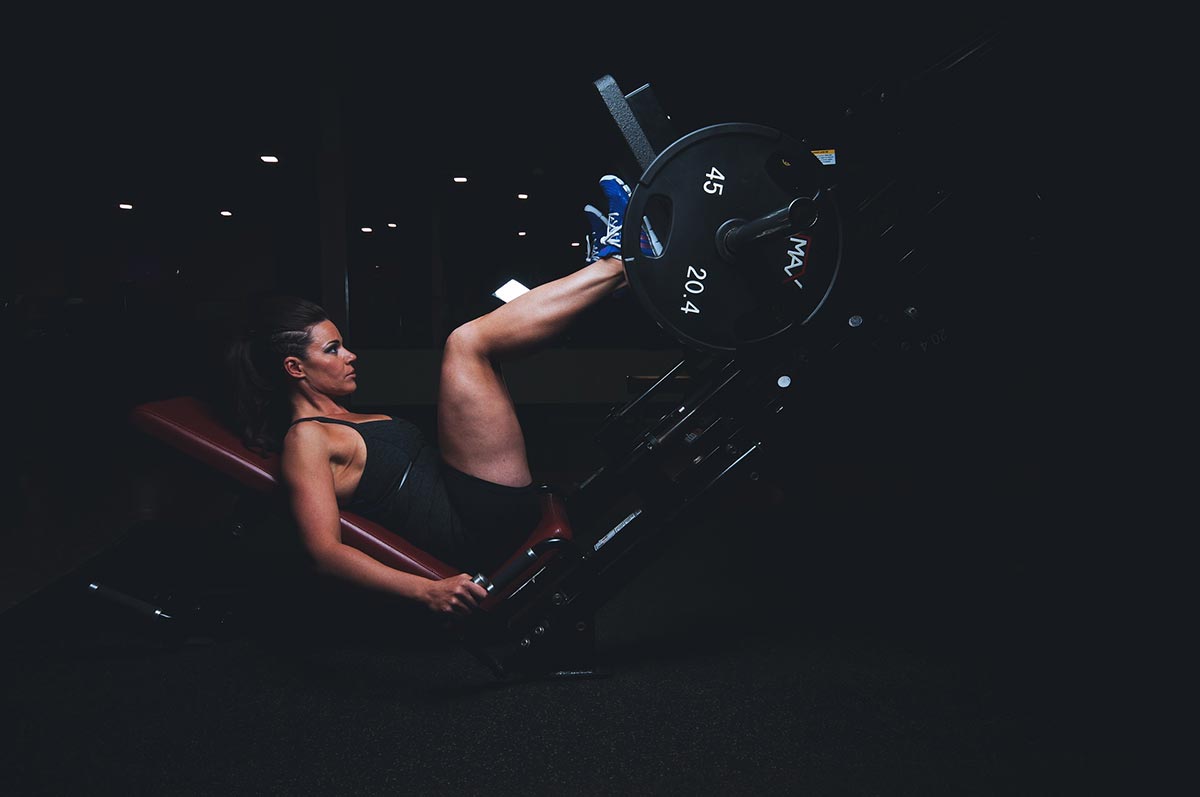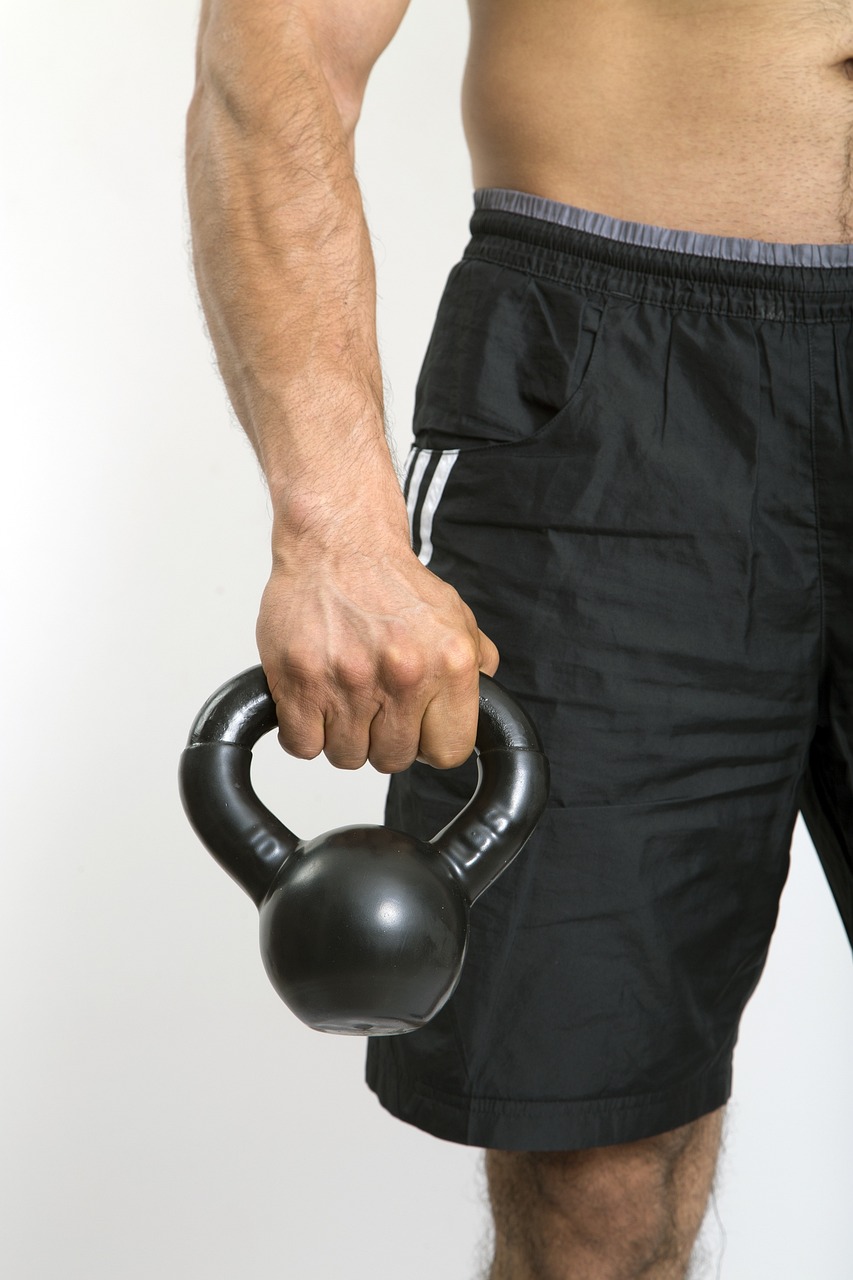Deciding on your training goals is like using GPS—without an address, you’re just driving in circles. Do you want absolute strength, muscle size, endurance, explosive power, or improved joint stability? Each goal requires a different approach, and while some complement each other, others involve trade-offs. Let’s break them down.If your goal is hypertrophy, the key is to activate and fatigue muscle fibers effectively. Two well-established methods dominate muscle-building science: the Repetition Method and the Submaximal Method.
The former involves lifting to failure in the 5-12 rep range, ensuring maximum muscle fiber recruitment. The latter stops just short of failure—think stopping at rep eight when you could squeeze out ten—allowing for progressive overload with reduced fatigue. Recent studies confirm that mechanical tension, metabolic stress, and muscle damage are the trifecta of muscle growth. Research from Sports Medicine Journal (2023) suggests that training close to failure while maintaining proper form maximizes hypertrophy with minimal injury risk.
Lifting More Without Breaking Down
For raw strength, the Maximum Effort Method reigns supreme. Lifting at 90-100% of your one-rep max stimulates the nervous system to recruit high-threshold motor units. However, this method isn’t for beginners—years of foundational training should come first.
Variability is key. Switching exercises weekly (e.g., from back squats to front squats) enhances neuromuscular adaptation and prevents plateaus. A 2024 Journal of Strength & Conditioning study emphasizes that maintaining a high training intensity without excessive central nervous system fatigue is crucial for long-term progress.
Explosive Power and Jumping Ability
Want to jump like an NBA player? You need to reduce your Explosive Strength Deficit (ESD)—the gap between maximum force output and the speed at which you can apply it. Enter plyometrics and the Dynamic Effort Method. Performing fast, submaximal lifts (e.g., squatting 50% of max at high velocity) improves the rate of force development.
New research (2024) suggests contrast training—pairing heavy lifts with explosive movements—produces superior gains in speed-strength. So, supersetting heavy squats with box jumps isn’t just trendy; it’s scientifically backed.
Local Muscular Endurance: More Reps, Less Fatigue
Muscular endurance isn’t just about cranking out push-ups. It depends on the task’s difficulty relative to your strength. If an exercise requires more than 25% of your max effort, strength training still improves endurance. If it’s under 25%, direct endurance training (higher reps, lower rest) is the way to go. Recent data show that resistance training with 15-30 reps per set and short rest periods enhances local muscular endurance. Alternating strength and endurance work optimizes gains, balancing fatigue and recovery.
Cardiovascular Endurance: Training Smarter, Not Just Longer
Different cardiovascular methods produce distinct adaptations. Long Slow Distance (LSD) training improves fat oxidation and efficiency, while interval training enhances VO2 max. A 2023 meta-analysis highlights that high-intensity interval training (HIIT) yields similar endurance gains in half the time compared to LSD.
Pace/Tempo Training, Repetition Training, and Fartlek Training each serve specific purposes—race pacing, anaerobic endurance, and mixed adaptations. The best approach? A combination tailored to your goals.
Joint Stability: The Unsung Hero of Strength Training
Weak stabilizers lead to poor movement patterns and injuries. The key is balancing opposing muscle groups. If your knees cave inward during a lunge, your outer hip muscles are weak. Shoulder stability follows a similar principle—imbalanced pressing and pulling causes dysfunction.
A 2024 Journal of Sports Rehabilitation study confirms that strengthening stabilizers through unilateral exercises (e.g., single-leg squats) reduces injury risk while enhancing performance. Core stability also plays a crucial role—planks, anti-rotation exercises, and unilateral carries fortify the foundation.
Train Smart, Train With Purpose
Whether you’re chasing strength, size, endurance, or power, structured programming is essential. Understanding the right methods for your goals ensures long-term progress without setbacks. Train with intent, adjust as needed, and most importantly—enjoy the process.













